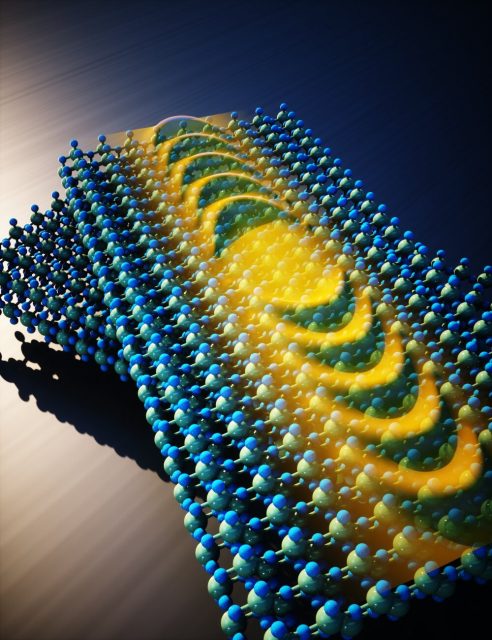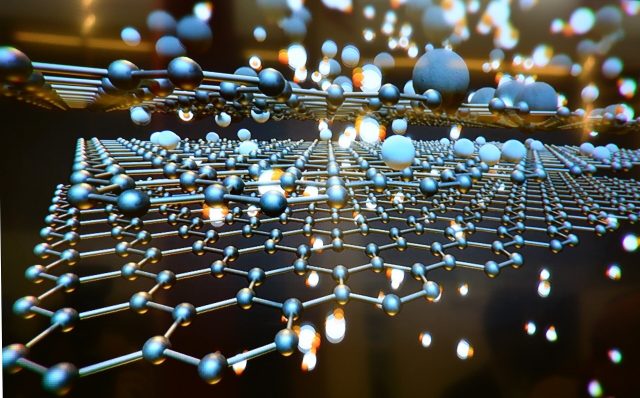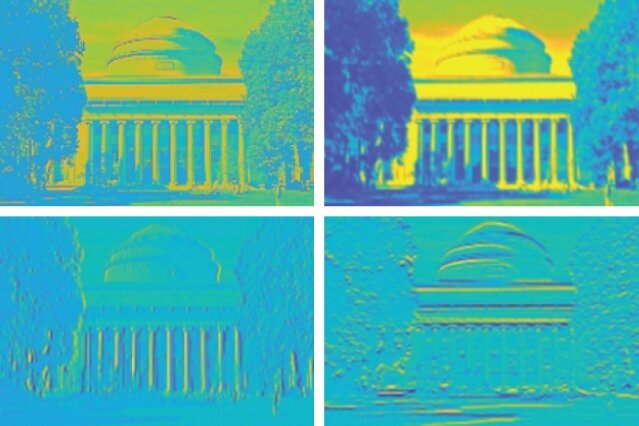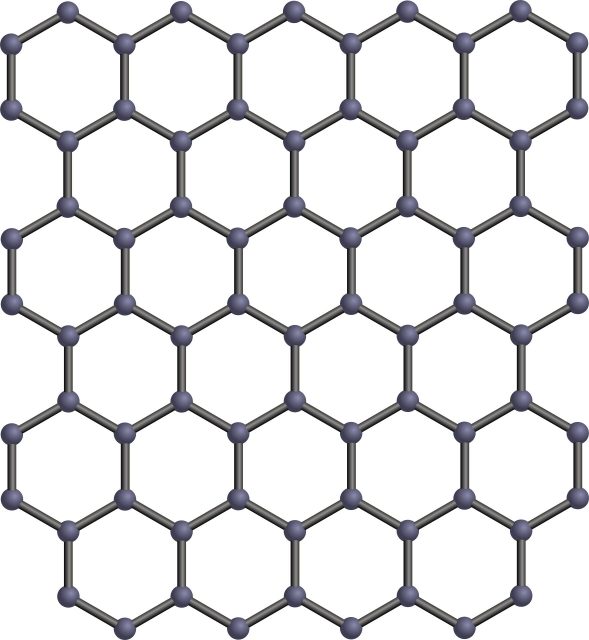A research team led by scientists at the Advanced Science Research Center at The Graduate Center, CUNY (CUNY ASRC), in collaboration with National University of Singapore, University of Texas at Austin and Monash University, has employed "twistronics" concepts (the...
Researchers in the USA have developed a graphene-based electrochemical sensor capable of detecting histamines (allergens) and toxins in food much faster than standard laboratory tests.
The team used aerosol-jet printing to create the sensor. The ability to change the pattern...
Researchers at Linköping University, Sweden, are attempting to convert carbon dioxide, a greenhouse gas, to fuel using energy from sunlight. Recent results have shown that it is possible to use their technique to selectively produce methane, carbon monoxide or...
MIT engineers have designed a "brain-on-a-chip," smaller than a piece of confetti, that is made from tens of thousands of artificial brain synapses known as memristors—silicon-based components that mimic the information-transmitting synapses in the human brain.
The researchers borrowed from...
A new way of making large sheets of high-quality, atomically thin graphene could lead to ultra-lightweight, flexible solar cells, and to new classes of light-emitting devices and other thin-film electronics.
The new manufacturing process, which was developed at MIT and...
Phase transitions play an important role in materials. However, in two-dimensional materials, the most famous of which is graphene, phase transitions can be very difficult to study. Researchers from Delft University of Technology and the University of Valencia have...
Scientists from the University of Maryland School of Medicine (UMSOM) developed an experimental diagnostic test for COVID-19 that can visually detect the presence of the virus in 10 minutes. It uses a simple assay containing plasmonic gold nanoparticles to...
MIT researchers have discovered a phenomenon that could be harnessed to control the movement of tiny particles floating in suspension. This approach, which requires simply applying an external electric field, may ultimately lead to new ways of performing certain...
Early detection of tumors is extremely important in treating cancer. A new technique developed by researchers at the University of California, Davis offers a significant advance in using magnetic resonance imaging to pick out even very small tumors from...
A study by a team of researchers from Canada and Italy recently published in Nature Materials could usher in a revolutionary development in materials science, leading to big changes in the way companies create modern electronics.
The goal was to develop two-dimensional...
Imagine biting into a peanut butter sandwich and discovering a slice of cheese tucked between the bread and the butter. In a way, this is what happened to a team of physicists at the University of Arizona, except the...


















